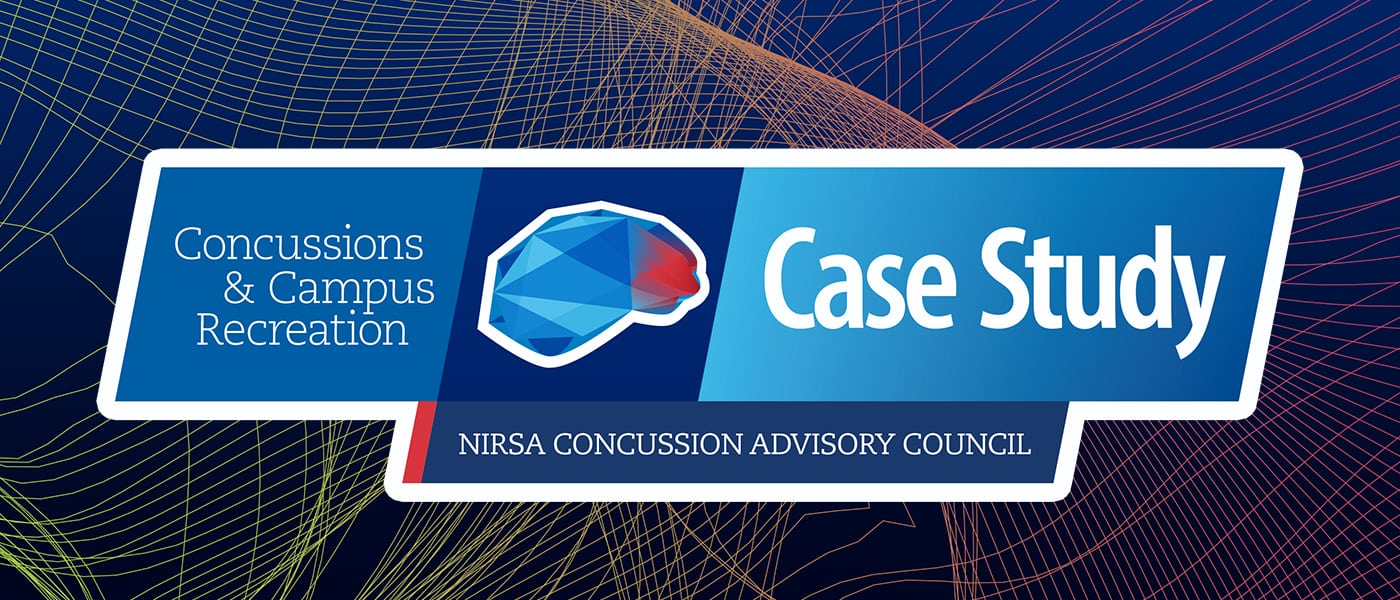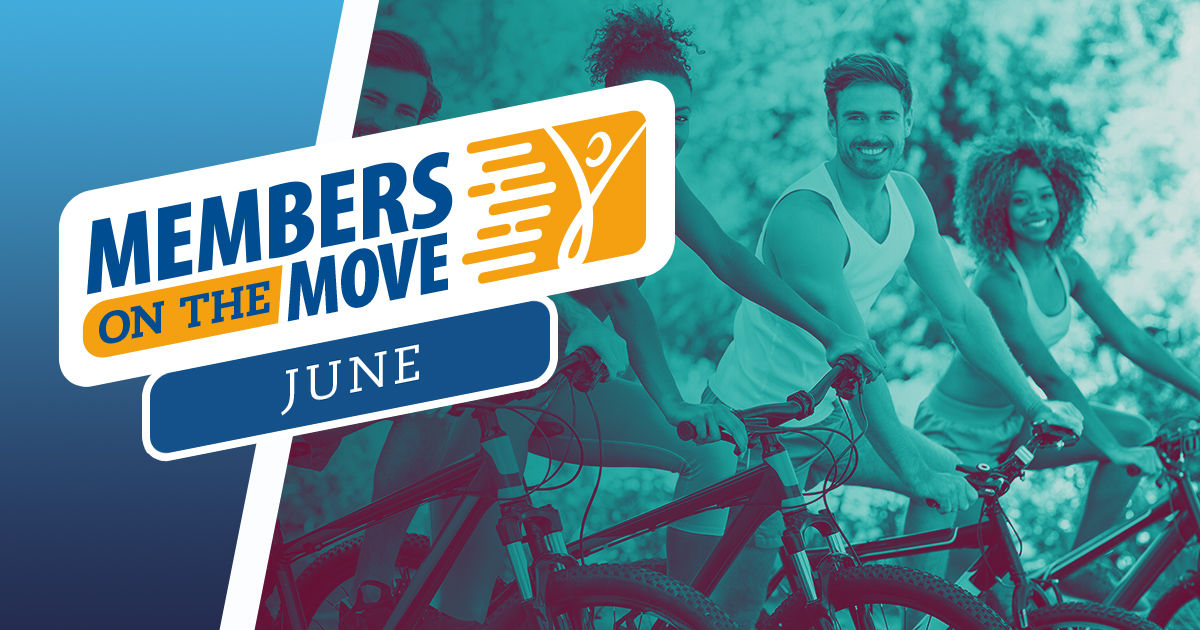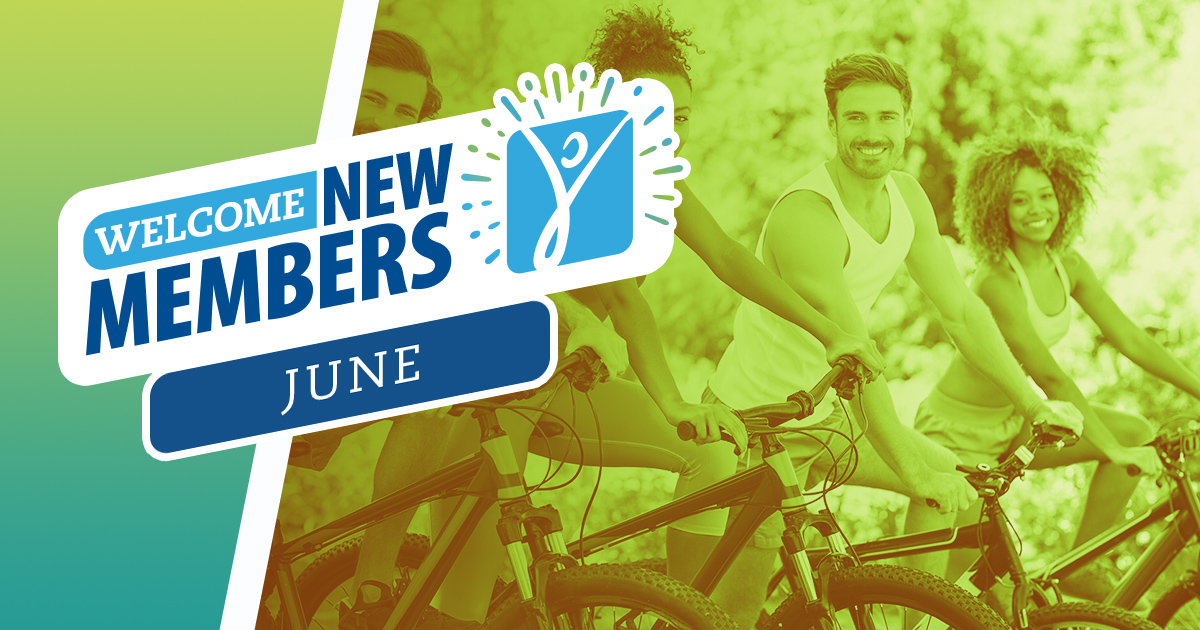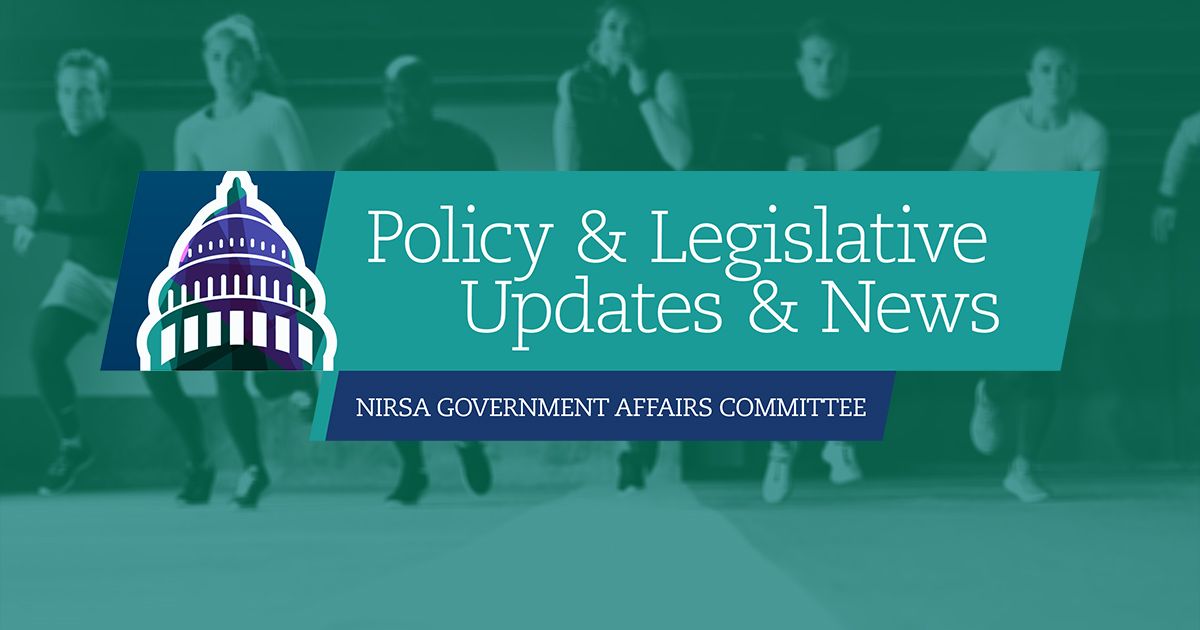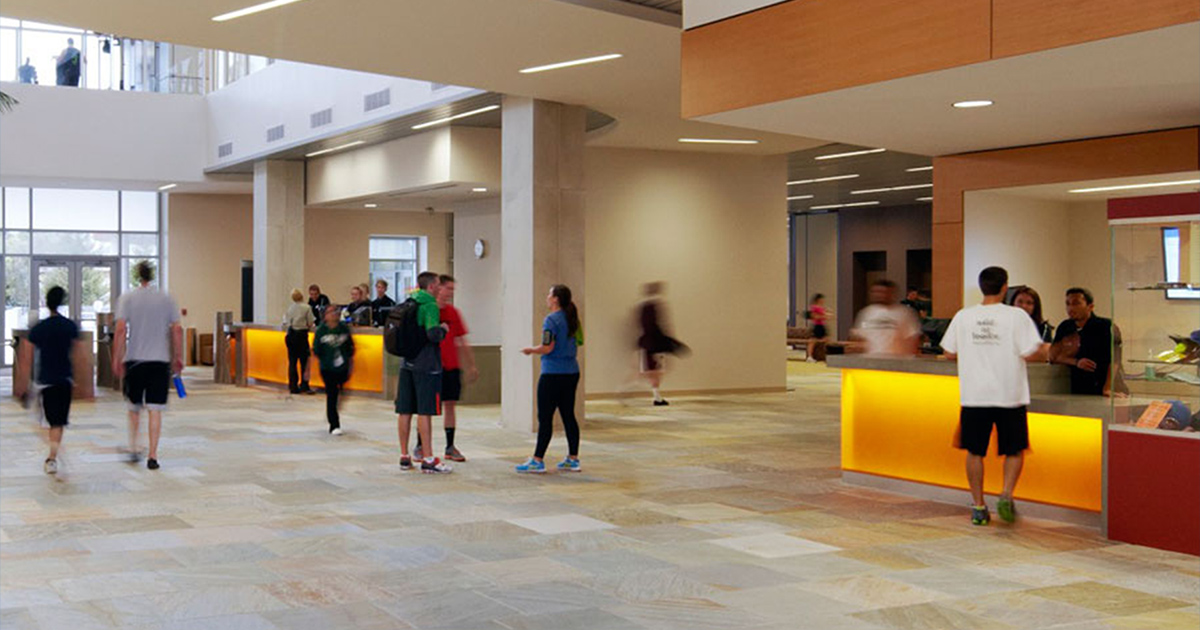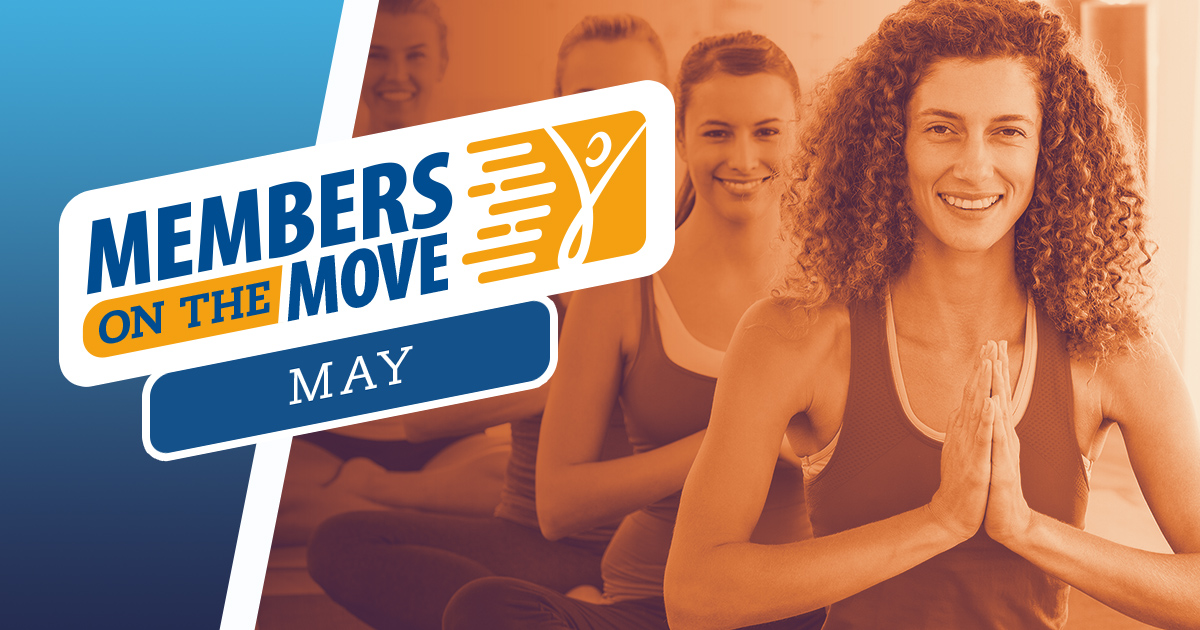The NIRSA Concussion Advisory Council has been working to develop a series concussion-focused resources, including case studies to give our campus recreation colleagues from across North America some insight into various approaches to implementing concussion protocols.
Oklahoma State University is pleased to share this entry in the series.
Background
Oklahoma State University began to implement a concussion protocol for all intramural sports (which involves 7,000 unique annual participants) and for the university’s sports club program (which provides competitive sports opportunities for 1,000 unique participants each year) during the spring of 2016. Focused discussion about the safety of participants and the risk potential for head injuries was spearheaded during the summer of 2015 by personnel from OSU’s University Health Services (UHS).
This provided our Department of Wellness a great opportunity to collaborate across campus. Prior to our discussions about concussion response and risk management I didn’t even know who the Director of UHS was on our campus. But I used the opportunity afforded by these 2015 conversations to send him an email expressing my concern for the safety of OSU students participating in recreational and sports club opportunities, and he was happy to extend the conversation personally and with his team.
After our initial meeting, we deemed there to be a need for us to help protect our students while competing in intramural sports and sport clubs. The Director of UHS and his staff went to work reaching out to colleagues and health services professionals to devise a plan for our campus. Following a few revisions, our partnership with UHS provided us with a protocol to help respond appropriately to our students who may have sustained a concussion.
Applying the protocol
At Oklahoma State we do not have the luxury of athletic trainers. Instead, we rely on training our current supervisory staff on all procedures related to our concussion protocol. We provide on-site supervisors at all intramural events, home sport club games, and practices for eight sport clubs.
Effectively training our student and professional staff on our concussion protocol is a vital part of the training. We utilize training modules from the National Federation of State High School Association (NFHS) and allow UHS to assist our department in its training. All student supervisors are required to attend the focused training and are required to be certified in CPR/AED.
Additionally, student and professional supervisors read and sign a concussion signature form stating they understand the concussion protocol and the training provided. Additionally, for sport clubs we address concussions during our sport club meeting each semester. All sport clubs are required to attend the meeting and complete a signature form stating they understand our concussion protocol and will assist our staff during this type of injury.
Highlights from OSU Department of Wellness concussion protocols
One of the main goals in developing our concussion protocol was to keep the process clear and simple. We follow a simple three-step process at OSU: Recognize, Remove and Report, and Return.
Step1: Recognize the signs
If an on-site supervisor observes any signs listed on our concussion guide sheet (appears dazed or confused, unsure of game, cannot recall events, etc.) then the individuals involved are removed from all intramural or/and sport club participation for their safety.
Step 2: Remove and report
Removal of individuals from the game is for their personal safety and automatically triggers a mandatory reporting of the incident. Once individuals have been removed from a game, those individuals are not permitted to participate until they have received a return to play form signed by UHS or their medical care provider.
The on-site supervisor fills out the front sheet of the OSU Department of Wellness concussion packet with information about the injury; this involves documenting any signs or symptoms the supervisor observed. The injured participants are notified that they are not eligible to participate in any intramural or sport club-related events until UHS or the medical care provider has completed and signed the return to play form.
In any cases where loss of consciousness or other severe signs or symptoms are present, emergency medical services are immediately notified.
Step 3: Return to play
Once injured participants provide a UHS or medical care provider-signed copy of the return to play form, their participation status is updated from ineligible due to concussion protocol to eligible to play. Because the return to play form has no confidential or personal health care information listed, these completed forms are kept on file.
Monitoring implementation
During the initial term implementing the protocol in the spring of 2016, two participants benefited from our concussion protocol. In the fall of 2016, nine suspected concussions received attention as a result of our concussion protocol. We are currently tracking by semester the total number of potential concussions, with a breakdown by individual intramural sport and sport club offered.
Our competitive sports program will continue to seek improved ways to keep our students safe as they participate in our programs.
Learn more
Learn more about concussion protocols at NIRSA 2019 during the session “Concussions Management: What Do We Do?” The session will be held Monday, February 18, from 9:15am-10:15am in room 312. Hosted by me and Christopher Schmoldt of Florida State University, you can come learn two different approaches to partnering with your university health center to better manage concussions in your program. This session will cover ways to manage concussions with athletic trainers or student supervisors present.
- For more information, contact NIRSA Headquarters.
- If you are interested in highlighting your campus or a NIRSA member’s achievements on your campus, pitch us your ideas.
Jason Linsenmeyer, PhD is currently the Assistant Director of Recreation Programs at Oklahoma State University and a member of the NIRSA Concussion Advisory Council; he can be reached at jasonjl@okstate.edu.


